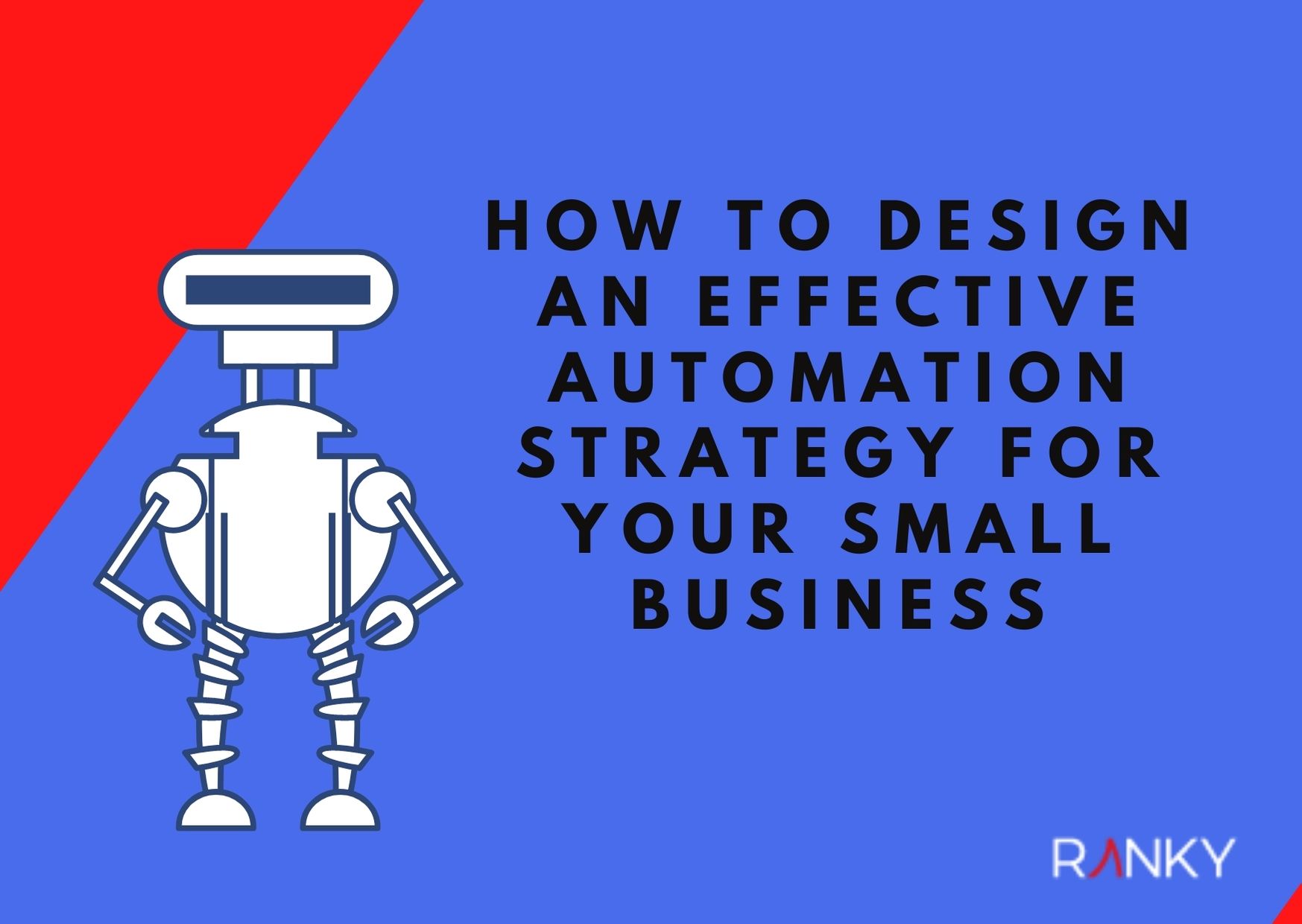
Why invest in automation for your small business?
Let’s start with an obvious reason:
Your competitors use it.
In a recent study, 79% of organizations said they use marketing automation tools.
(Image via Regalix)
Failing to automate can, therefore, defeat your goal of standing out among your competitors.
But what other reasons should make you join this bandwagon?
Most customers and businesses have gone digital, and you need to adopt the necessary technology to meet their demands and remain relevant. You also need to eliminate manual and repetitive tasks so that your team can focus on crucial business processes.
Most importantly, your business needs to improve efficiency and offer exceptional customer experiences.
And guess what?
Automating your small business can make all that happen.
But what steps should you follow to succeed in the deployment of automation for your small business?
We examine them below.
But first, what benefits can your small business get from automation?
Adopting Automation Benefits for Your Small Business
Adopting automation for your small business helps you gather customer data you can use to understand their preferences and habits. Automation tools can help you upgrade your personalization strategy and improve customer experiences.
But that’s not all you get from automating.
According to a recent study, marketers said that automating processes helped them:
- Improve user experience
- Generate better quality and more leads
- Improve conversion rates
- Reduce marketing cost
- Reduce sales cycles
(Image via SpotlerUK)
But now that you know the benefits, how can you design an effective automation strategy for your small business?
Follow these steps:
1. Define Automation Goals
Setting goals and launching automation for your small business should go hand in hand.
Why?
Every marketing plan requires a description of where your business currently stands and goals to improve that position. It also requires a timeline detailing when you plan to accomplish said goals.
What’s more?
It will be hard to determine which strategies to use without what you want to achieve in mind.
But what’s the best way to define your goals?
Start by making them specific, measurable, timely, attainable, and relevant. Additionally, remember to align your marketing and sales goals.
A good example of this would be:
To increase sales by 10% in Q2 through email campaigns.
Secondly, identify your target audience and how you can effectively serve their needs. Visualize how they interact with your brand and what type of information or actions can help them easily achieve their desired actions.
2. List Tasks to Automate
Now that you know what goals adopting automation for your small business will help you achieve, it’s time to list which tasks you can automate.
But how can you decide which tasks to automate?
Consider this criterion:
- Do you do the task on a schedule or frequently?
- Does the task involve transferring information from one app to another?
- Is it a boring task that you can handle without putting too much thought into it?
- Does it include the same repetitive steps?
- Does it take up too much of the time you would require to perform other crucial tasks?
Still not sure which tasks you can automate?
Well, here are examples.
Sales
When you adopt automation for your small business, your sales team starts finding it easy to organize sales funnels. They stop wasting time creating workflows or reports and focus on offering great experiences, prospecting, and nurturing leads.
But which tasks can you automate in sales?
- Sales tracking
- Follow-up and reminder emails
- Transaction tracking
- Ecommerce cross-sells and upsells
- Contract management
- Proposal development
Operations
Adopting automation for your small business can ensure your team increases productivity since they no longer have to deal with repetitive tasks. It can help in departments such as accounting, payment processing, supply chain, etc.
Some tasks to automate include:
- Benefits enrollment
- Employee onboarding
- Timesheets and payroll
- Purchase ordering
- Software upgrades
- Security patching
- Call center escalations
- Expense management
Marketing
Adopting automation for your small business can boost leads, conversions, and revenue. Additionally, integrating tools that automate marketing can make it easier to personalize experiences at all customer touchpoints.
But which tasks can you automate in marketing?
- Lead management
- Display ads
- Email campaigns
- Social media scheduling and posting
- Customer communication
- Retargeting campaigns
3. Identify Tools to Help with the Automation of Your Small Business
Depending on your goals and tasks needing automation, identify tools that can improve efficiency and productivity.
But don’t rush into it.
Instead, start automating the most crucial tasks, then add more as you continue. This way, your team can have a gradual learning curve and become more accepting of the processes.
And while the task of identifying the right tools may be tough considering the many tools out there, we’ve made the process easy by listing the tools we recommend.
All-in-one tools: ActiveCampaign & alternatives such as Eloqua, Marketo, Keap.
Social media automation: Buffer, Hootsuite, Sendible, or Agorapulse.
Email marketing automation: Constant Contact, Drip, or MailChimp.
Ads and retargeting: AdRoll, Perfect Audience (now SharpSpring), Zalster, or Shoelace
Accounting automation: Xero, QuickBooks, NetSuite, or Microsoft Dynamics 365.
Human resource automation: TalentLMS, HireVue, WorkBright, or TINYpulse
4. Track and Refine Processes
After choosing tools to automate your processes, integrate them and start tracking performance.
Find out whether the tools have a positive impact on your business and employees. Additionally, seek to discover areas where you can refine your processes and improve results.
And, while this can get confusing the first time, you can determine the success of your adoption by categorizing metrics in a way that makes sense.
For example, if you want to track the efficiency of your team:
You can track cost per customer, sales-accepted leads, and lead generation.
Another example would be tracking whether your team manages to complete tasks faster. Then you can track the number of promotions they send after adopting the tools compared to when you didn’t have them.
5. Adopt an Automation Culture
Once you introduce automation into your small business, it becomes easy for your team to identify tasks they can automate. They become innovative, productive, and always on the lookout for ways to improve processes.
What’s more?
Building this kind of culture can ensure your business becomes efficient and makes the most of available resources. It also maximizes results and can lead to more revenue.
Automate Your Business Today!
Adopting automation for your small business can help your team save time, become more efficient, and improve performance.
Most importantly, it can help you personalize communication with your target audience and offer them better experiences.
Want to know more about which areas you would need help in when it comes to adopting automation for your small business? Reach out today to speak to one of our experts. As certified HubSpot partners, we have the right tools up our sleeves to help YOU boost your growth.
-------------------------------------------------------------------------------------------------------------------------------
Author Bio
Gaurav Sharma is the founder and CEO of Attrock, a results-driven digital marketing company. Grew an agency from 5-figure to 7-figure revenue in just two years | 10X leads | 2.8X conversions | 300K organic monthly traffic. He also contributes to top publications like HuffPost, Adweek, Business 2 Community, TechCrunch, and more.
